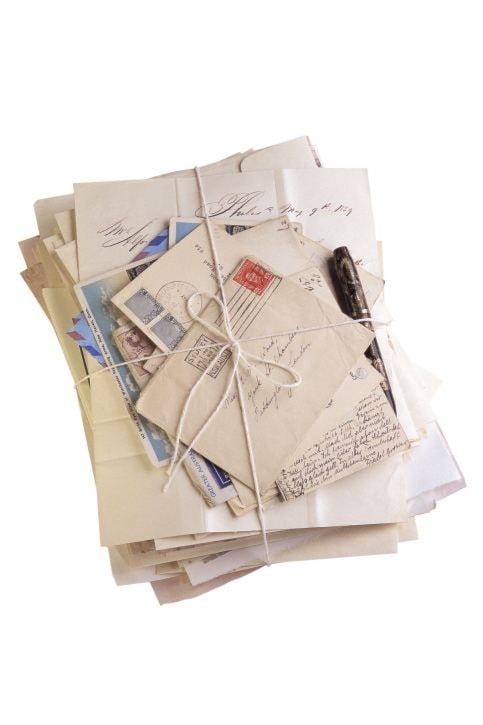The annual hazardous waste event will once again be coming to a town near you. The RDCK will spend your money promoting, advertising, and marketing this event as a self-proclaimed huge success so everyone thinks hazardous waste is being kept out of landfills and safely disposed of.
RDCK remains non-transparent on how much hazardous waste is buried at our landfills annually. We are only informed of what is gathered at the annual event and that is the marketing success. Clearly stated at RDCK facilities is “hazardous waste and free liquids are banned at RDCK resource recovery facilities.”
Beyond this signage anything banned from RDCK facilities is easily tossed out in household black garbage bags and commercial garbage bins for all not participating in the event.
RDCK staff and waste haulers are all in on this unregulated waste industry by not inspecting garbage or enforcing RDCK bylaws.
Groundwater sampling every three months at RDCK landfill sites is meant to assure the public’s health and safety over the long term.
My random garbage inspections have shown numerous violations, and mercury-containing products are common sights.
About 1,034 kg of batteries were collected at the hazardous waste roundup event. How many batteries were sold in our region and not recycled? Where do all the other batteries go? Mixed with garbage into the landfill. How many cell-phones and CFL light bulbs were not recycled last year?
Uli Wolf, general manager of environmental services states in the article following last year’s hazardous waste roundup event, “The results from the event strongly demonstrate that improved services for product stewardship programs are needed in the region.”
Why should it be so difficult to properly recycle/dispose of these items? RDCK ended product stewardship involvement May 2012 claiming taxpayers were being unfairly charged. Now for one day a year we can properly dispose of these items. The rest of the year people illegally dump at our landfills.
RDCK and the resource recovery team have contractors bury uninspected garbage as fast as possible. The public should know how their resources are not being recovered by setting up cameras at the garbage dump.
Wildlife viewing of the iconic blue heron or the murder of crows feeding at the Ootischenia landfill bird sanctuary could be an Internet sensation.
Instead the cameras are watching the recycling area for illegal dumping and re-use centres for non-hazardous reusable products. Hazardous waste we produce and consume does not go away; it is conveniently hidden in a landfill.
In less than a month the Ministry of Environment will approve the operational certificate for the Ootischenia regional landfill consistent with RDCK solid waste management plan minimum operating requirements. A copy of the draft operational certificate can be viewed at the RDCK office. Waste inspections must include a program to detect a prohibited waste from being disposed of — there is no program.
To add some extra confusion the solid waste management plan is actually called the regional resource recovery plan and anyone from the public can obtain a copy. Who will be responsible for cleaning up this toxic mess in the future? Will RDCK be liable for contamination of its landfill sites?
Karl Den Boer
Winlaw
